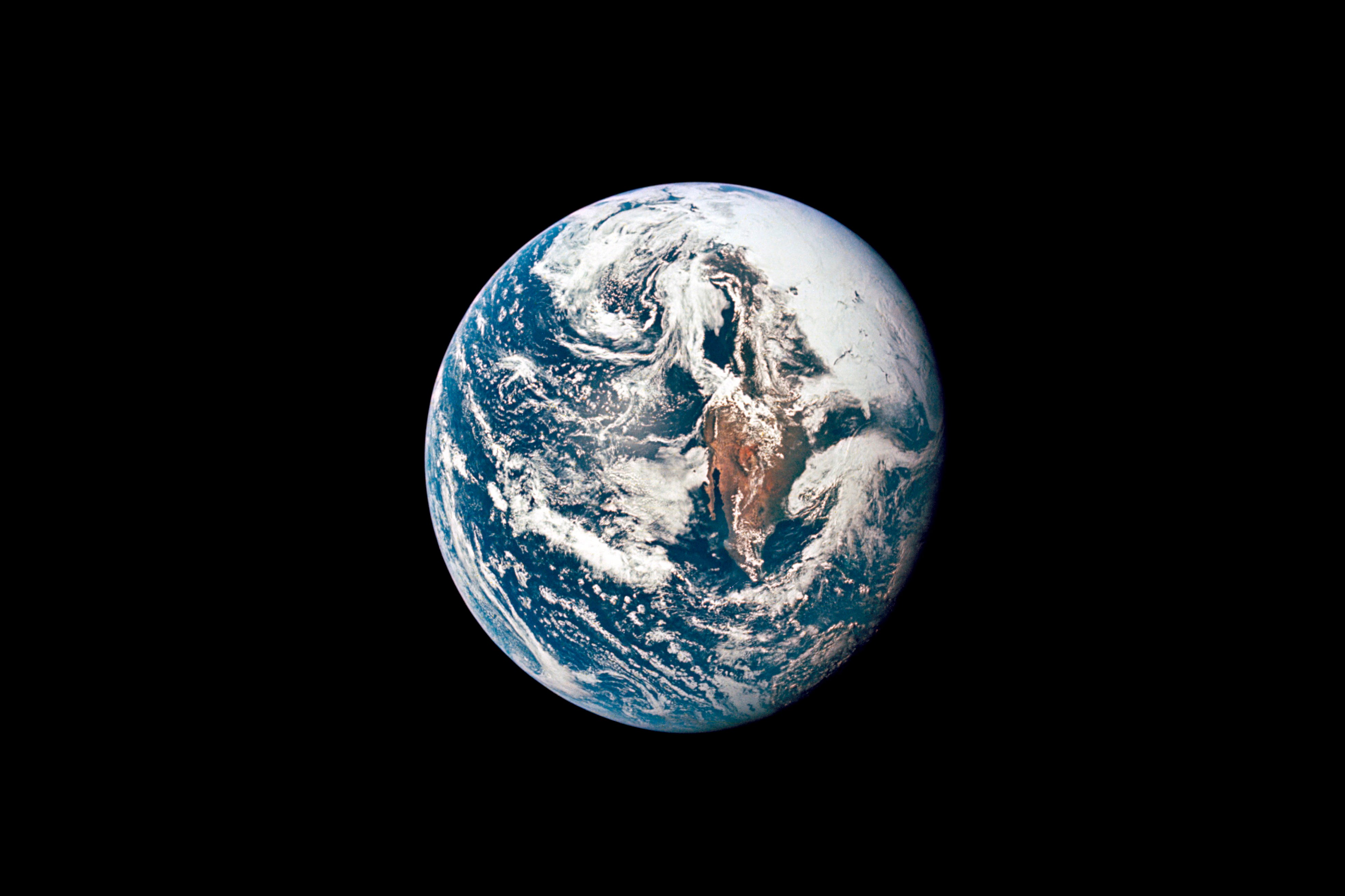Newly spotted asteroid has a tiny chance of hitting Earth in 2032
A newly discovered asteroid has a tiny chance of striking Earth in 2032

A newly discovered asteroid has a tiny chance of smacking Earth in 2032, space agency officials said Wednesday.
Scientists put the odds of a strike at slightly more than 1%.
“We are not worried at all, because of this 99 percent chance it will miss," said Paul Chodas, director of NASA's Center for Near Earth Object Studies. “But it deserves attention.”
First spotted last month by a telescope in Chile, the near-Earth asteroid — designated 2024 YR4 — is estimated to be 130 to 330 feet (40 to 100 meters) across.
Scientists are keeping close watch on the space rock, which is currently heading away from Earth. As the asteroid’s path around the sun becomes better understood, Chodas and others said there’s a good chance the risk to Earth could drop to zero.
The asteroid will gradually fade from view over the next few months, according to NASA and the European Space Agency. Until then, some of the world's most powerful telescopes will keep monitoring it to better determine its size and path. Once out of sight, it won't be visible until it passes our way again in 2028.
The asteroid came closest to Earth on Christmas Day — passing within roughly 500,000 miles (800,000 kilometers) of Earth, about twice the distance of the moon. It was discovered two days later.
Chodas said scientists are poring over sky surveys from 2016, when predictions show the asteroid also ventured close.
If scientists can find the space rock in images from then, they should be able to determine whether it will hit or miss the planet, he told The Associated Press. “If we don’t find that detection, the impact probability will just move slowly as we add more observations,” he said.
Earth gets clobbered by an asteroid this size every few thousand years, according to ESA, with the potential for severe damage. That's why this one now tops ESA's asteroid risk list.
The potential impact would occur on Dec. 22, 2032. It’s much too soon to know where it might land if it did hit Earth.
The good news, according to NASA, is that for now, no other known large asteroids have an impact probability above 1%.
___
The Associated Press Health and Science Department receives support from the Howard Hughes Medical Institute’s Science and Educational Media Group and the Robert Wood Johnson Foundation. The AP is solely responsible for all content.
Bookmark popover
Removed from bookmarks